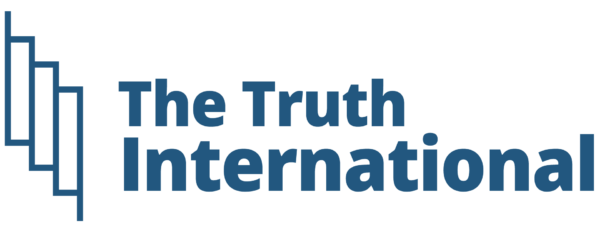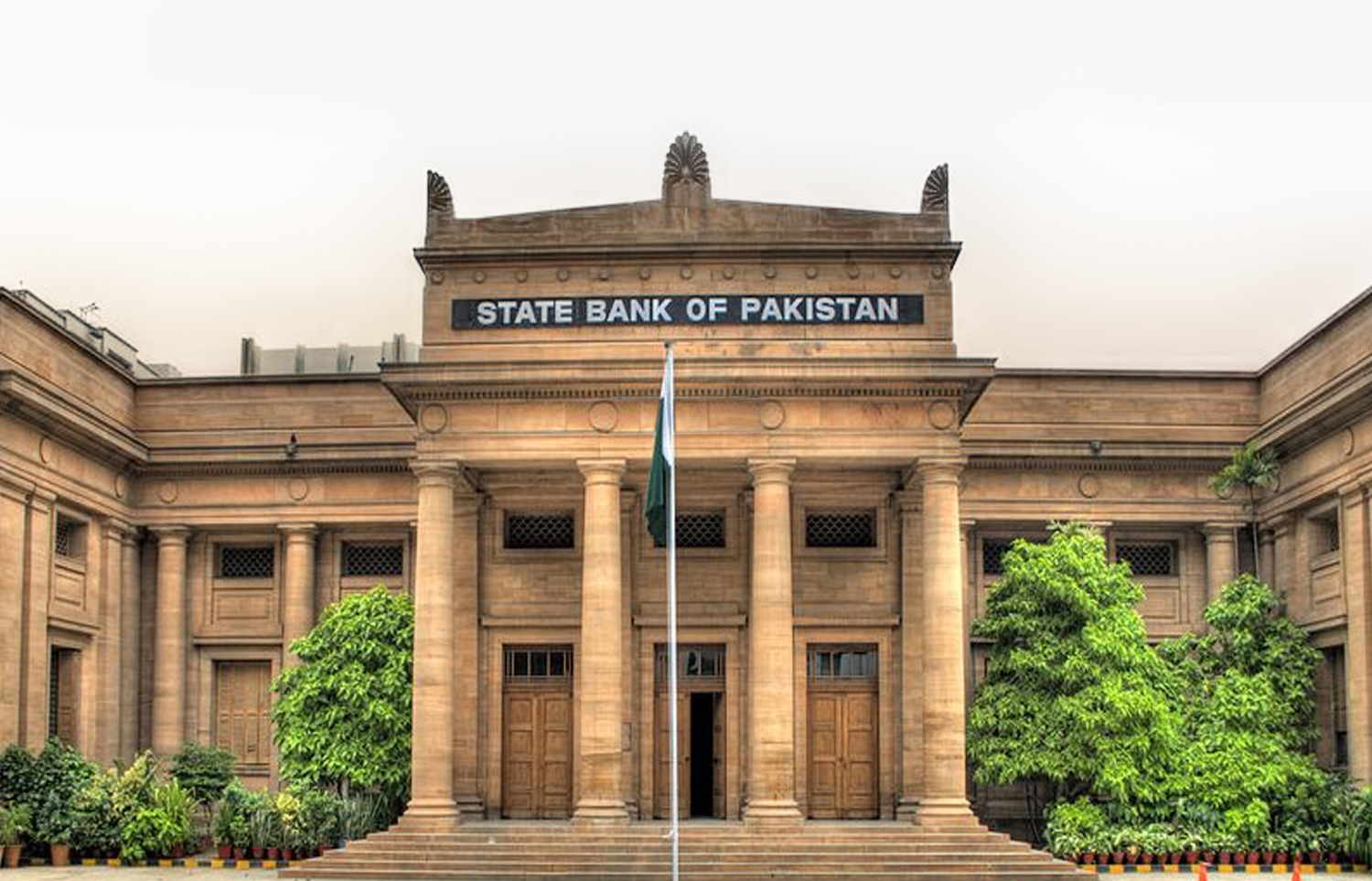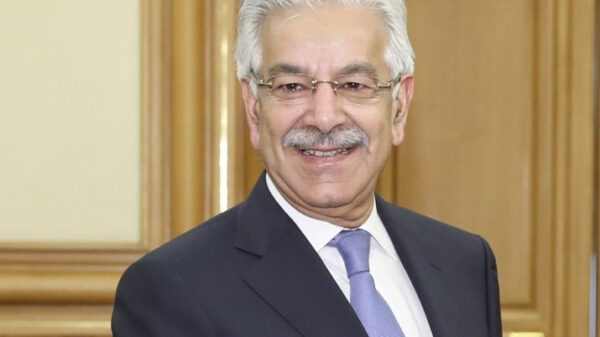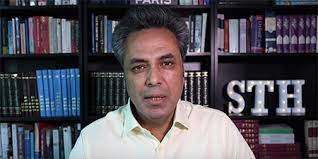The State Bank’s latest State of the Economy report includes a chapter on inflation dynamics in Pakistan, which attempts to analyze the factors influencing inflation.
However, the report fails to provide a convincing argument due to glaring blind spots in its methodology. While previous research has indicated that inflation in Pakistan is primarily driven by monetary factors, the report suggests that recent inflation trends deviate from this pattern.
Specifically, it notes that money supply has not been a significant contributor to inflation in recent years, despite fluctuations in monetary policy. This divergence raises questions about the State Bank’s role in addressing inflationary pressures.

The authors of the report attribute the recent bout of inflation in Pakistan to fiscal policy, particularly high fiscal deficits since fiscal year 2021. Their model separates fiscal stance, money supply, and exchange rate depreciation as distinct variables to analyze inflation dynamics.
However, this methodology overlooks significant factors, such as the injection of printed money into the banking system by the State Bank via long-term Open Market Operations. This omission creates a blind spot, as the vast monetary overhang resulting from these operations is not accounted for.
Additionally, separating money supply and exchange rate depreciation neglects the interconnected nature of these variables. The exchange rate reflects movements in monetary factors and should not be treated as independent. A simple analysis of net foreign assets and net domestic assets since 2015 reveals a near one-to-one correlation with the exchange rate, highlighting the influence of monetary factors on exchange rate movements.
In studies analyzing correlations between variables to establish causality, a significant challenge arises when inflationary pressures are alleviated through channels other than price levels, such as when exchange rates are artificially fixed by the government. In such cases, models may fail to detect correlations, leading researchers to erroneously conclude there is no relationship.
However, this overlooks the impact of flawed economic policies, where inflation is dissipated by trade deficits financed with borrowed inflows.
The State Bank’s own quarterly reports from 2014 to 2017 demonstrate how this dynamic operates, with repeated warnings about the unsustainability of relying on “one-off inflows” to finance external sector imbalances.
The chapter in question appears to be an attempt by the State Bank to absolve itself of responsibility for inflation, rather than acknowledging its role in exacerbating the issue. Only by acknowledging its own contribution can the State Bank effectively address inflationary pressures.










